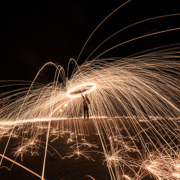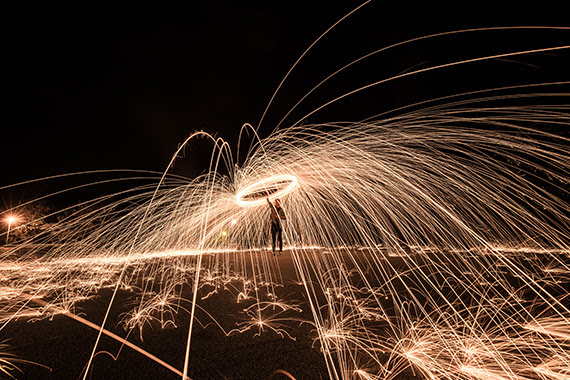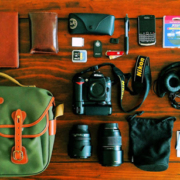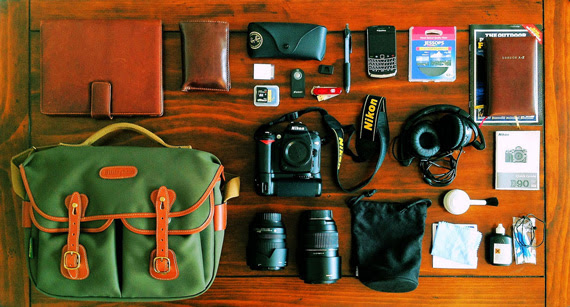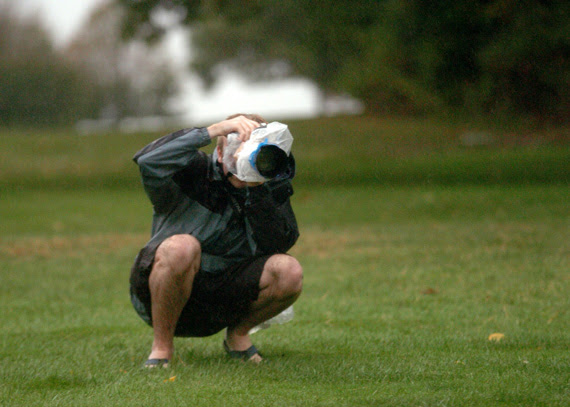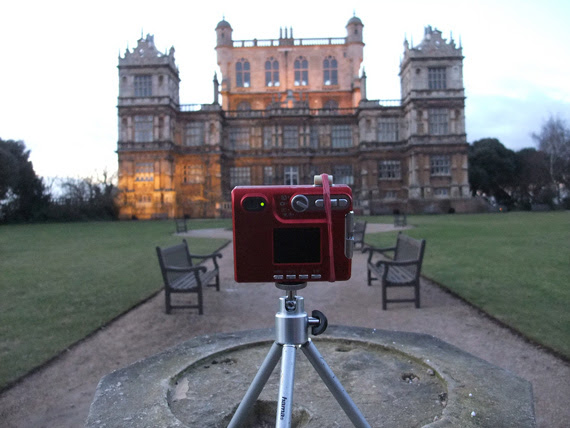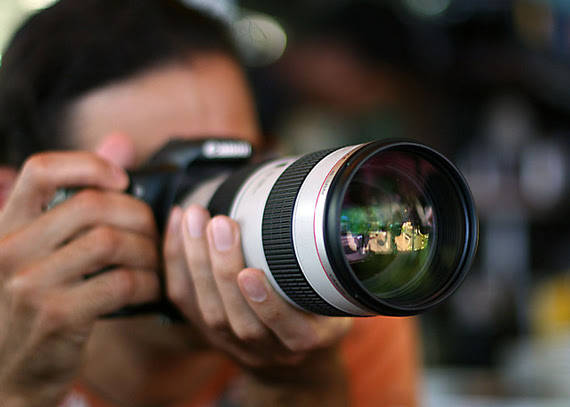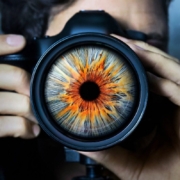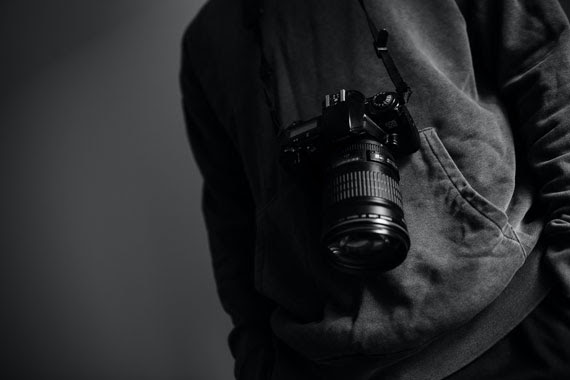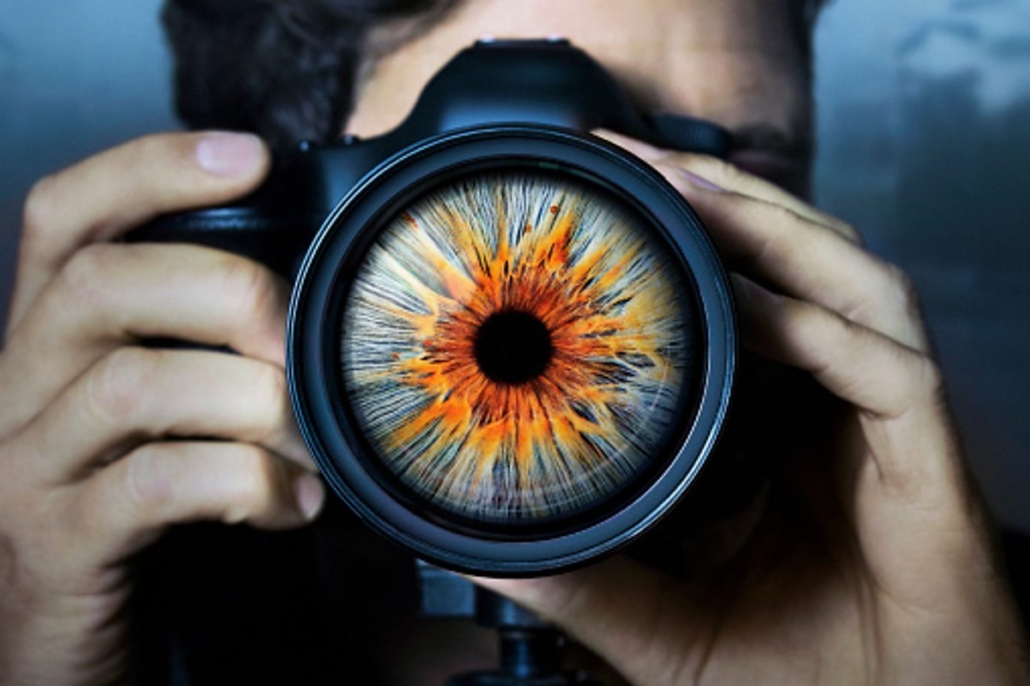Understanding Metadata for Photographers
In the digital age of photography, understanding metadata is crucial for photographers who want to manage, organize, and utilize their photos effectively. Metadata is the hidden data embedded within your digital images, providing essential information about the photo. Let’s delve into what metadata is, why it’s important, and how you can leverage it to enhance your photography workflow.

What is Metadata?
Metadata is essentially data about data. In the context of photography, it refers to the information embedded within your digital images that describe various aspects of the photo. This data includes details about the camera settings, the date and time the photo was taken, and even the GPS coordinates of the location where the photo was shot. Metadata is automatically generated by your camera when you take a photo and can be further edited and extended using various software tools.
Types of Metadata
EXIF (Exchangeable Image File Format):
- Camera Settings: Includes details such as shutter speed, aperture, ISO, focal length, and white balance.
- Date and Time: Records when the photo was taken.
- Camera and Lens Information: Brand and model of the camera and lens used.
IPTC (International Press Telecommunications Council):
- Descriptive Information: Captions, keywords, and titles that describe the content of the photo.
- Author Information: Photographer’s name and contact details.
- Copyright Information: Usage rights and licensing details.
XMP (Extensible Metadata Platform):
- Custom Data: Allows for the creation of custom metadata fields to suit specific needs.
- Compatibility: Ensures metadata compatibility across different software applications.
Why is Metadata Important?
- Organization and Searchability: Metadata helps you organize your photos systematically, making it easier to search and retrieve specific images. By adding keywords, captions, and ratings, you can quickly find photos based on various criteria.
- Workflow Efficiency: Effective use of metadata can streamline your workflow. Software like Adobe Lightroom and Capture One allows you to sort, filter, and edit images based on their metadata, saving you time and effort.
- Copyright and Ownership: Embedding your copyright information within the metadata ensures that your ownership is recognized and helps protect your intellectual property rights.
- Geotagging: For travel and landscape photographers, GPS metadata is invaluable. It allows you to map out your photo locations and revisit them in the future or share them with others.
- Client Communication: For professional photographers, metadata can include client details, project information, and specific requirements, making it easier to manage client shoots and deliverables.
How to View and Edit Metadata
In-Camera:
Some cameras allow you to view basic metadata information on the camera’s LCD screen. However, for detailed metadata editing, you will need to use software tools.
Using Software:
- Adobe Lightroom: Provides extensive metadata editing capabilities, allowing you to add, edit, and search metadata fields.
- Adobe Photoshop: Offers metadata viewing and basic editing options.
- Capture One: Another powerful tool for managing metadata.
- Free Tools: Software like XnView and PhotoME provide free options for viewing and editing metadata.
Batch Editing:
Most professional software tools offer batch editing features, enabling you to apply metadata changes to multiple photos simultaneously. This is particularly useful for large photo shoots or when organizing your photo library.
Best Practices for Using Metadata
- Be Consistent: Develop a consistent method for adding and editing metadata. Use a standard set of keywords, captions, and ratings to ensure uniformity across your photo library.
- Automate When Possible: Use metadata presets and templates to automate the process of adding common metadata fields. This can save you a significant amount of time.
- Backup Metadata: Always ensure that your metadata is backed up along with your photos. Some software allows you to export metadata separately, providing an additional layer of protection.
- Update Regularly: As your photo library grows, periodically update your metadata to ensure it remains relevant and accurate.
Summary:
Understanding and utilizing metadata is a powerful way to enhance your photography workflow. By effectively managing your metadata, you can organize your photos better, protect your work, and streamline your editing process. Whether you’re a hobbyist or a professional, mastering metadata is an essential skill that will serve you well throughout your photography journey.







